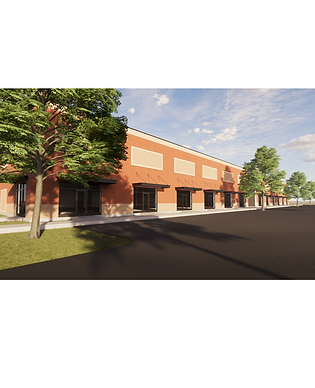EMAIL wesleyf@designdevelopment.com
PHONE 919.848.4474, 1008
EDUCATION
Bachelor of Architecture | University of North Carolina at Charlotte
Bachelor of Arts in Architecture | University of North Carolina at Charlotte
WITH FIRM SINCE 2023


WESLEY FLIPPIN
PROJECT MANAGER
SELECTED PROJECTS INVOLVED IN
Q
&
A
with Wesley Flippin
What architect has had the biggest impact on how you think about design?
"Frei Otto has been the most influential architect in shaping my design approach. Though tensile architecture represents a small portion of built work, Otto's rigorous analysis of structure and space fundamentally changed how I think about design.
Otto proved that the most beautiful architecture often emerges from the purest expression of physical laws. This integration of scientific rigor with spatial innovation continues to inform how I approach every project, regardless of structural system.
What is the most unexpected source of design inspiration you have ever had?
"Music theory has been my most unexpected source of design inspiration. While studying scales and modes in college, I became fascinated by how their structures and relationships evoke specific emotional responses, something I felt could be directly applicable to architecture.
Musical rhythm translated into architectural rhythm opened new ways of thinking about repetition, pattern, and sequence in design. Just as different musical modes create distinct feelings, architectural rhythms can generate chaos, order, or tranquility through the repetition and variation of elements.
How do you ensure that design intent is maintained during construction?
"Maintaining design intent requires methodical documentation and clear communication from preliminary design through construction completion. I ensure that every drawing, specification, and detail reinforces the core design principles established at the project's outset.
The key is identifying and prioritizing the client's primary goals early, whether budget-driven, aesthetic, security-focused, or functional, and using these as a constant filter for decision-making throughout the process. When conflicts arise during construction, these established priorities guide resolutions that preserve what matters most.
"The design of the spaces we inhabit has a great deal of influence on our lives, and often goes unnoticed by those who shape it."


